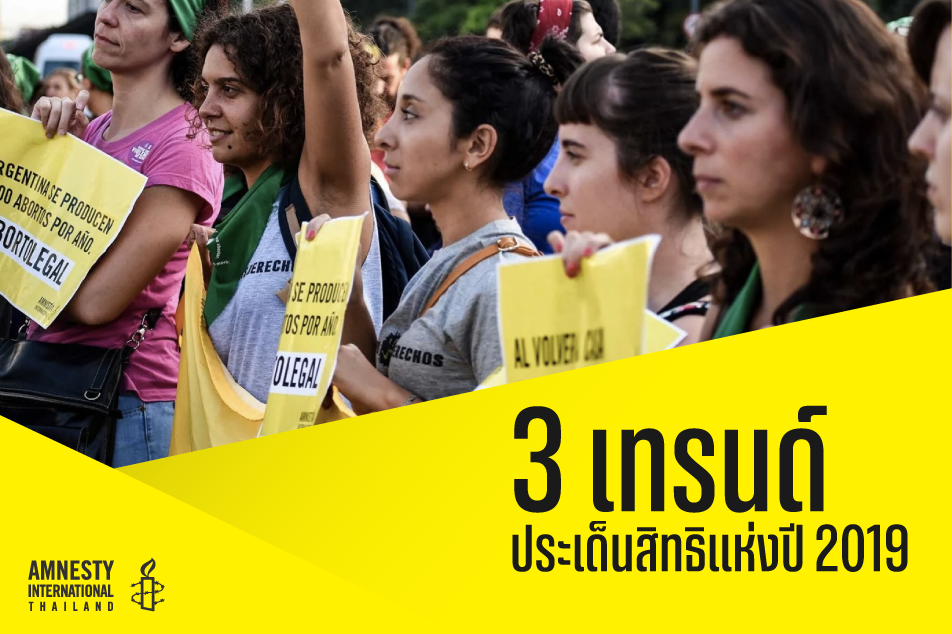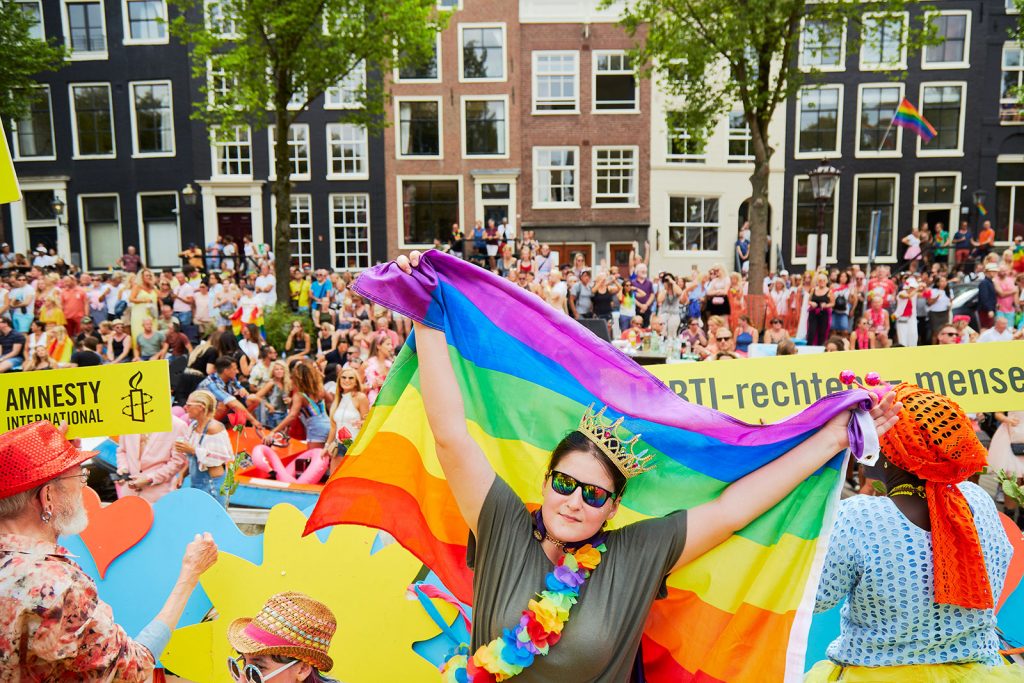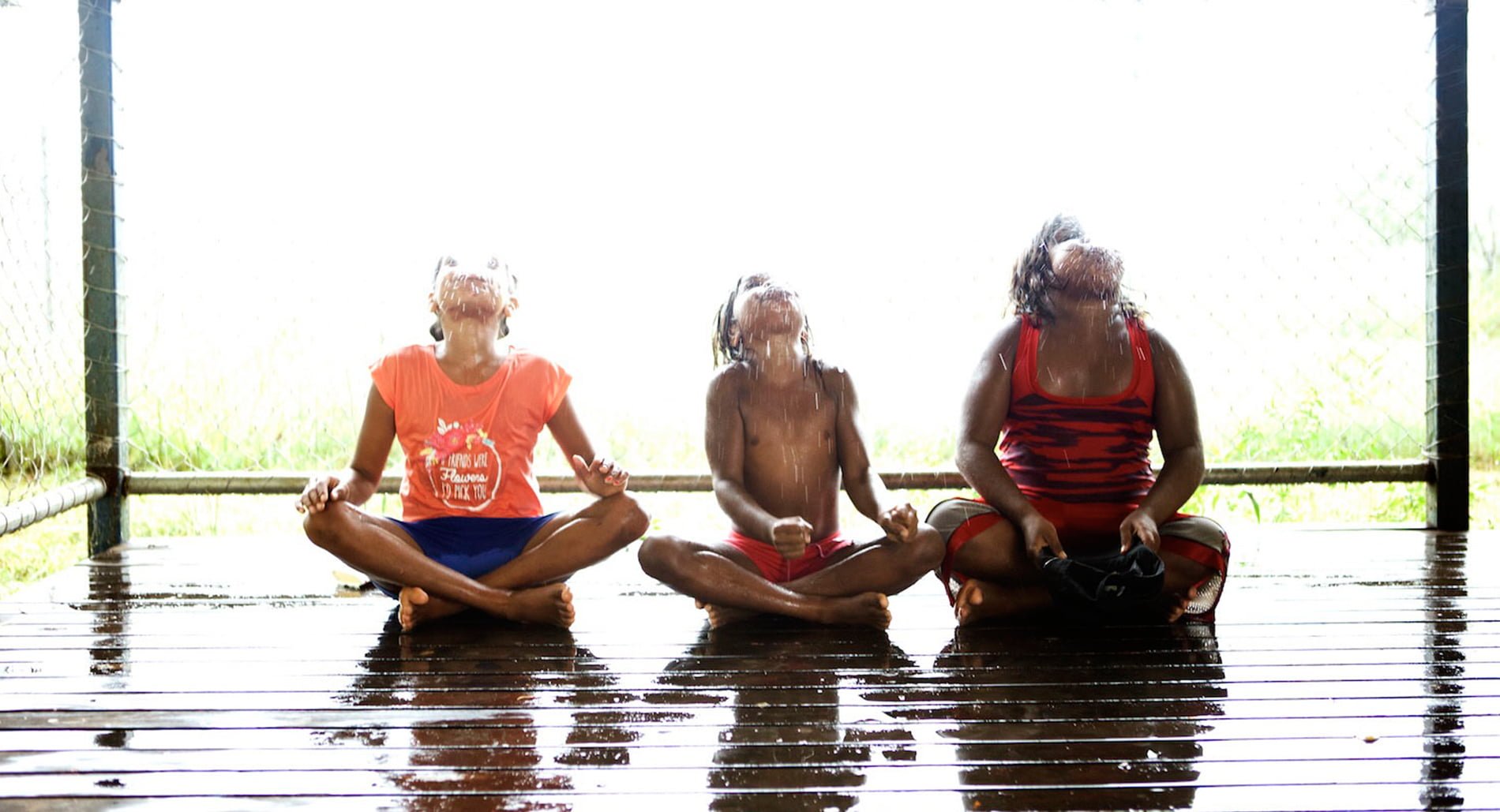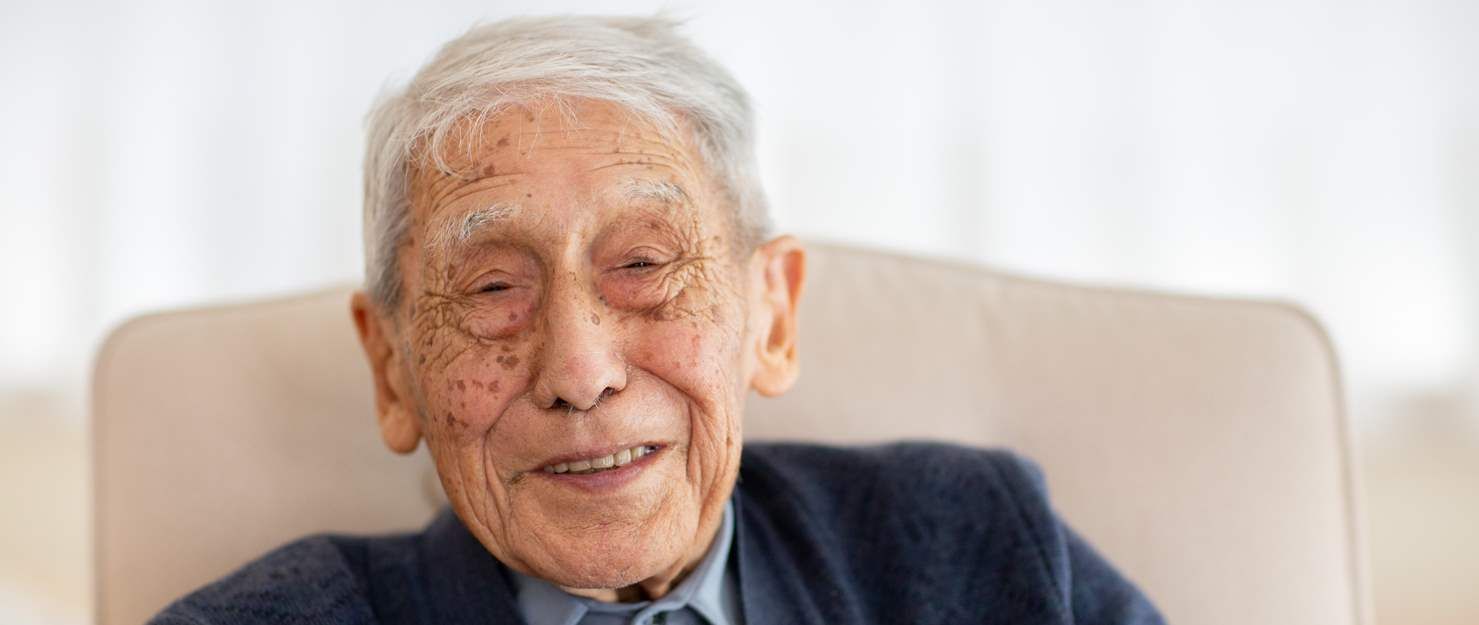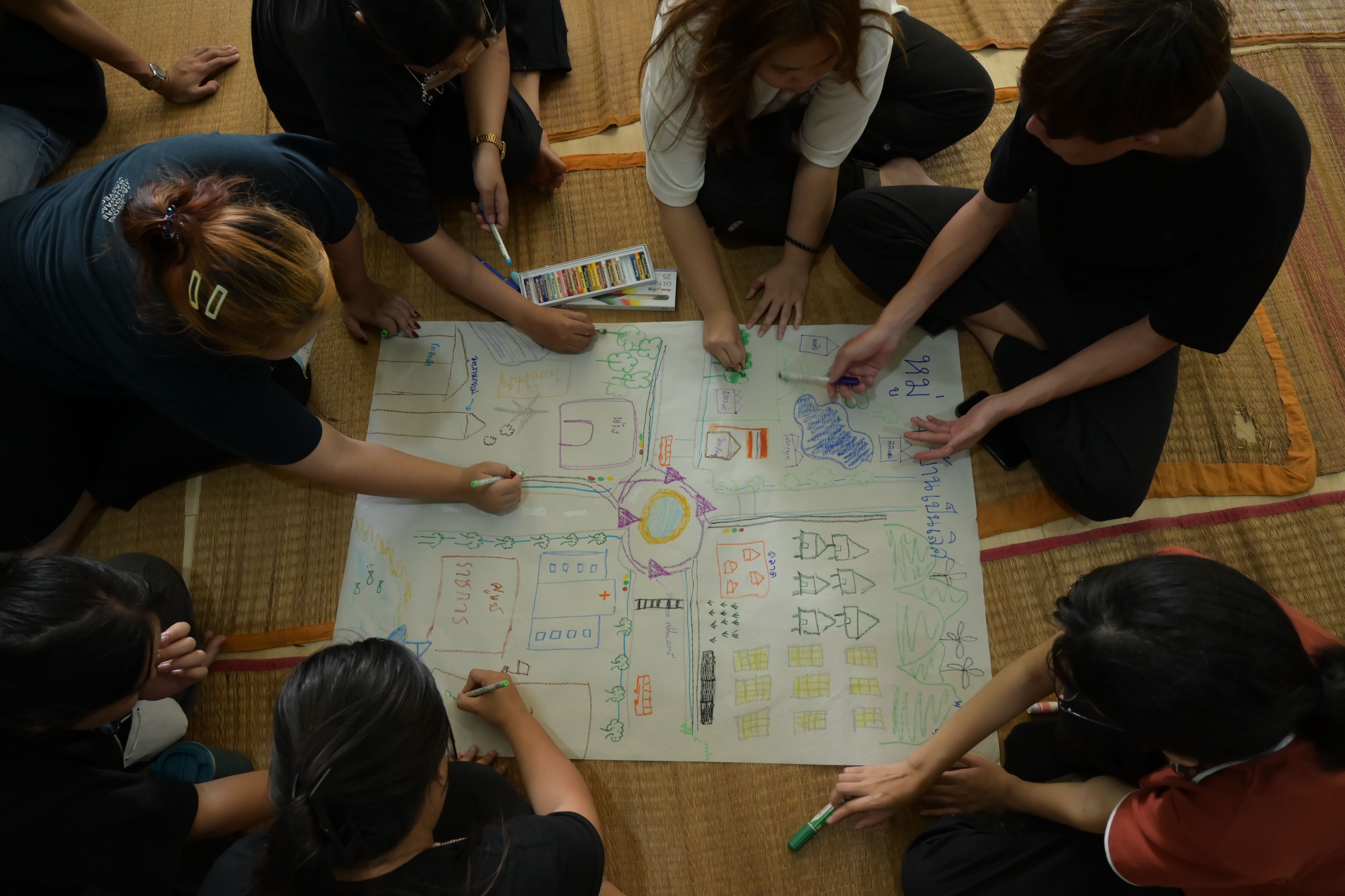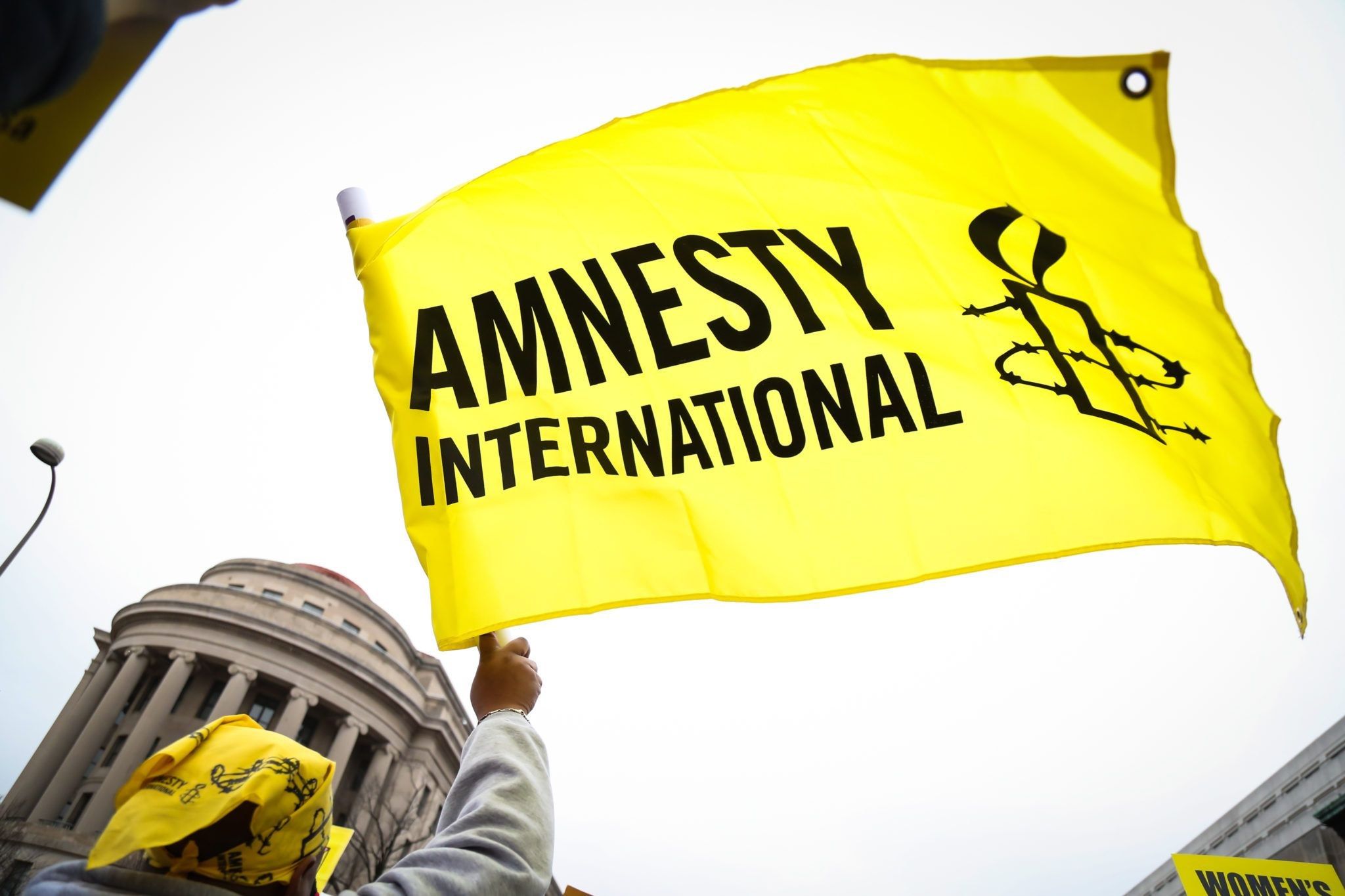WHAT WORDS SHOULD FILL THE HUMAN RIGHTS AGENDA IN 2019?
12 February 2561
Amnesty International Australia
At this time of year, people often send a wish for world peace out into the universe. But how does the world even start to move towards such a lofty goal?
Here are three areas that need to be addressed before we can make significant progress, evoke change and, hopefully, procure world peace.
1. Gender
Traditional gender norms dictate that women are perceived as “passive, naive, sexually inexperienced, soft, flirtatious, graceful, [and] nurturing”. Men, on the other hand, have often been characterised as “aggressive, worldly, sexually experienced, insensitive, physically imposing, ambitious, and demanding”.
These are the norms that dictate who we feel needs protection in our human rights conventions, and how we aim to protect them. Yet, gender as a term is far more fluid nowadays and embraces our LGBTQI community, along with those who may not identify with traditional gender expectations. Still, our focus on addressing gender in the realm of human rights and security remains narrow-focused.
On the plus side, there have been some positive measures implemented to protect the world’s most vulnerable in volatile situations. In 2008, The United Nations Security Council (Resolution 1820) acknowledged the rape of women as a war crime. Organisations have just started to consider women and their risk of starvation in environments where they cannot access property ownership or employment.
And while there are positive examples, other instances have taught us that enforcing gender stereotypes can have grave, even fatal, repercussions for those who are excluded by them.
For example, during the Bosnian War in 1995, warring parties treated men in accordance with their stereotype: “aggressive”, “physically imposing”, and capable of defending themselves. This type of thinking left a swathe of locals vulnerable to aggression, resulting in the ethnic cleansing of over 8,000 Muslim men, some as young as 14, in the township of Srebrenica.
The exclusion of the world’s most vulnerable continues by enforcing traditional gender stereotypes in our human rights processes, including those that omit the needs of our global LGBTQI community.
With the rapid increase of attacks, torture, and the vilification of our LGBTQI community in conflict zones, along with the escalation of reported homicides within our global transgender communities, now is the time to challenge gender norms and how they dictate our approach to human rights so that we can procure safety for all, not just some.
2. Equality
The world still faces ingrained practices and behaviours that marginalise entire communities based on race.
Institutional racism garnered attention in 2012 with the wrongful death of Trayvon Martin, a US teen gunned down while walking to a house in Florida. A jury acquitted the gunman George Zimmerman of second-degree murder charges in 2013.
There were countless marches and protests after Trayvon’s death, germinating the Black Lives Matter movement to “intervene when violence is inflicted on Black communities by the state and vigilantes.”
The protests also gained an international platform. Marginalised groups in other countries found an opportunity to voice their outrage against a status quo which offers privilege to some while turning a blind eye to the injustice experienced by others.
The 2014 death of Western Australian woman Ms Dhu while in police custody, brought institutionalised racism closer to home.
At the global level, institutionalised racism continues in economic policies towards developing countries. For the past few decades The World Bank and The International Monetary Fund’s financial aid to developing countries has come with stringent economic conditions attached. These have led to developing economies having to cut citizens’ access to health, education and employment.
It’s time to challenge inequality so that all people in our global society can access human rights and social justice.
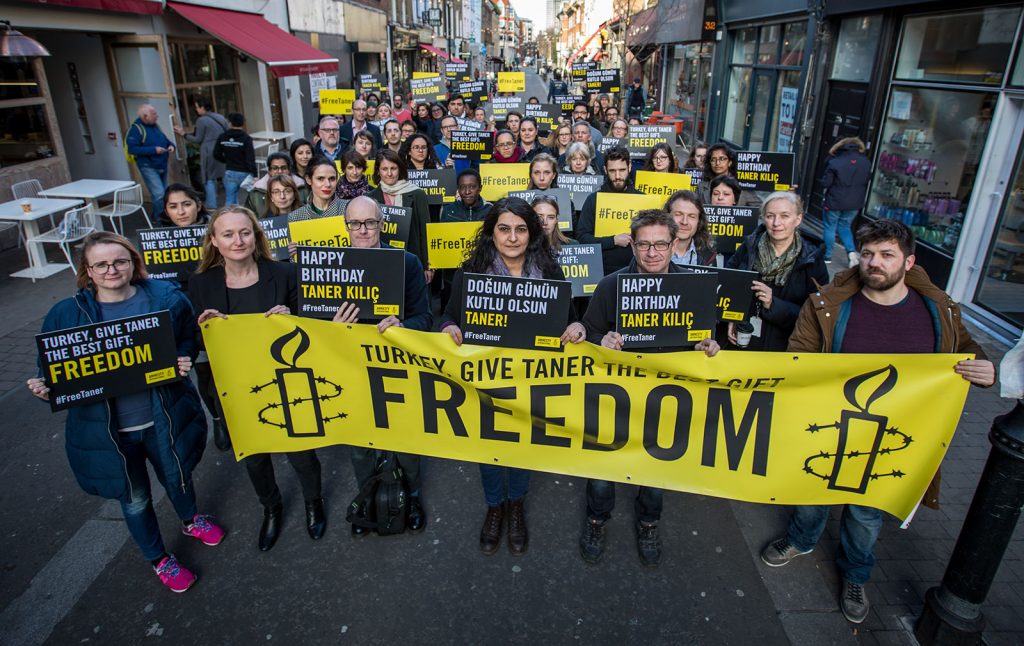
3. Emancipation
Scholars in the realm of international relations have long sought to propagate a new approach to counter-terrorism that addresses the reason behind acts of violence. This new approach is referred to as emancipation.
Drawing inspiration from the 1998 Northern Ireland Peace process — where diplomacy and inclusivity helped end conflict between The Provisional Irish Republican Army (IRA) and the United Kingdom over British rule in Northern Ireland — emancipation seeks to move beyond what is assumed about acts of terror. It considers the elements that provoke the marginalised and ostracised into perpetrating violence, rather than only addressing the violence itself. It opens the doors to discussion and seeks understanding rather than purposefully silencing those who scream to be heard.
However, those in charge of procuring global safety still adhere to the old mantra – force should be reckoned with force.
The cycle of securitisation, of people in power identifying and personifying a threat to justify extraordinary acts against them, continues, leading to a volatile situation where violence is anything but impossible.
Should we wish to procure stability, resolve conflict, and decrease the potential for violence, it is time to seek emancipation.
Milly Stilinovic, journalist

